LNG is the Greener Option
- Did you know?
LNG Supports the Goal of IMO Regulations

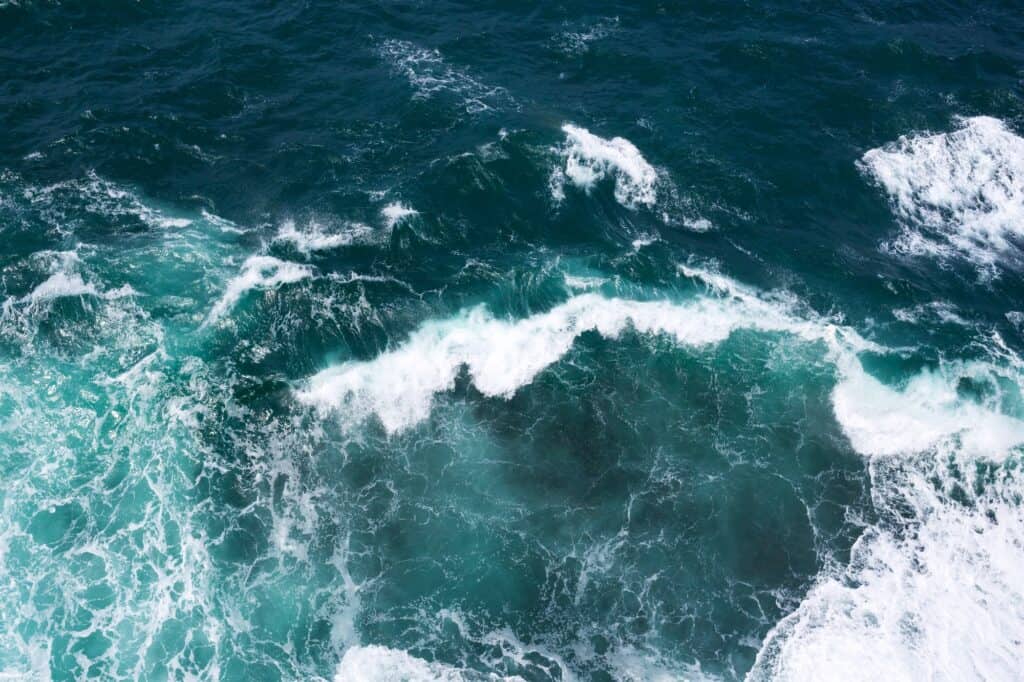

- Safety is Our Priority
Operating with zero incidents in all fleets since operations began in 2018.
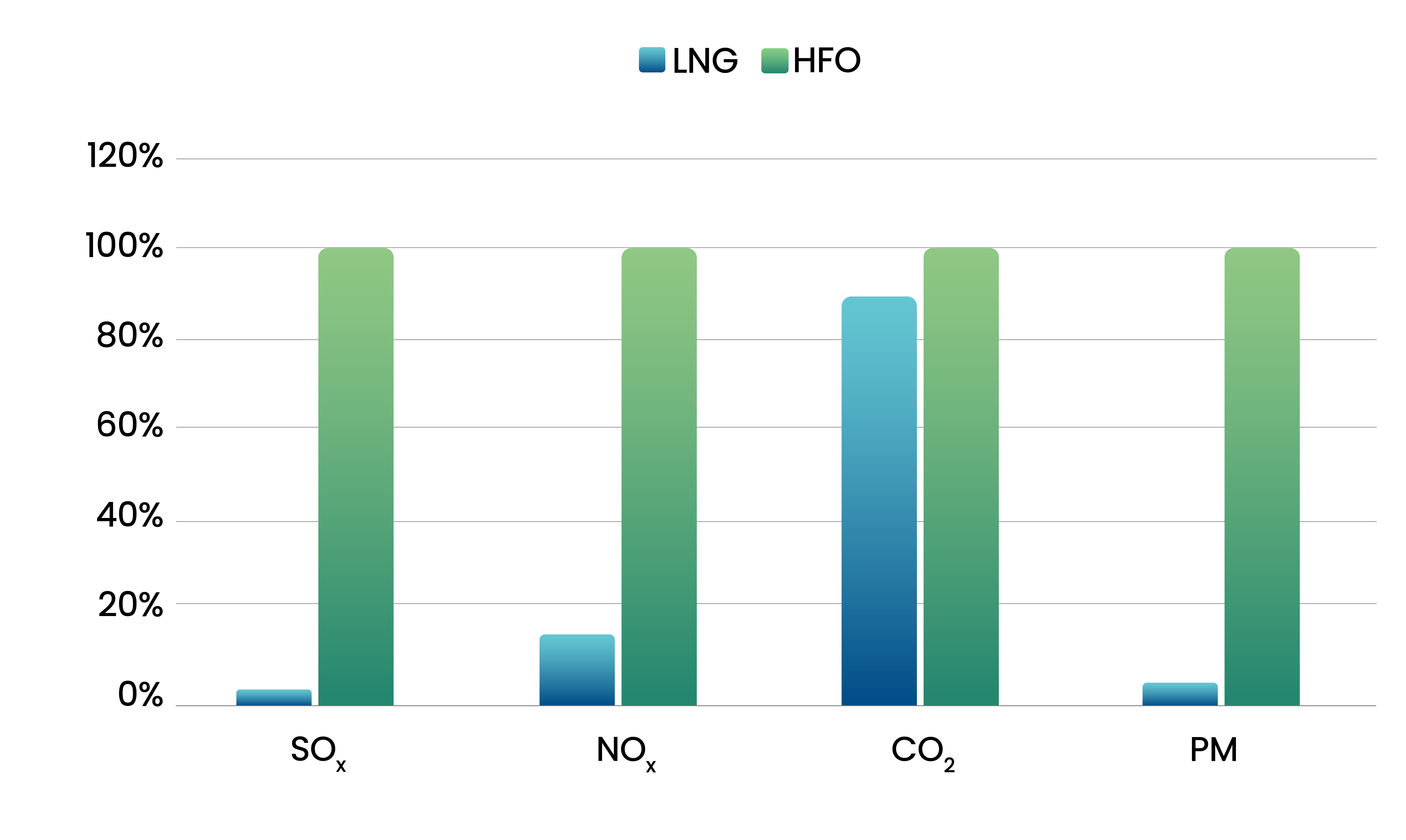
LNG Lowers Emissions Across the Board
International Shipping Compared to Countries
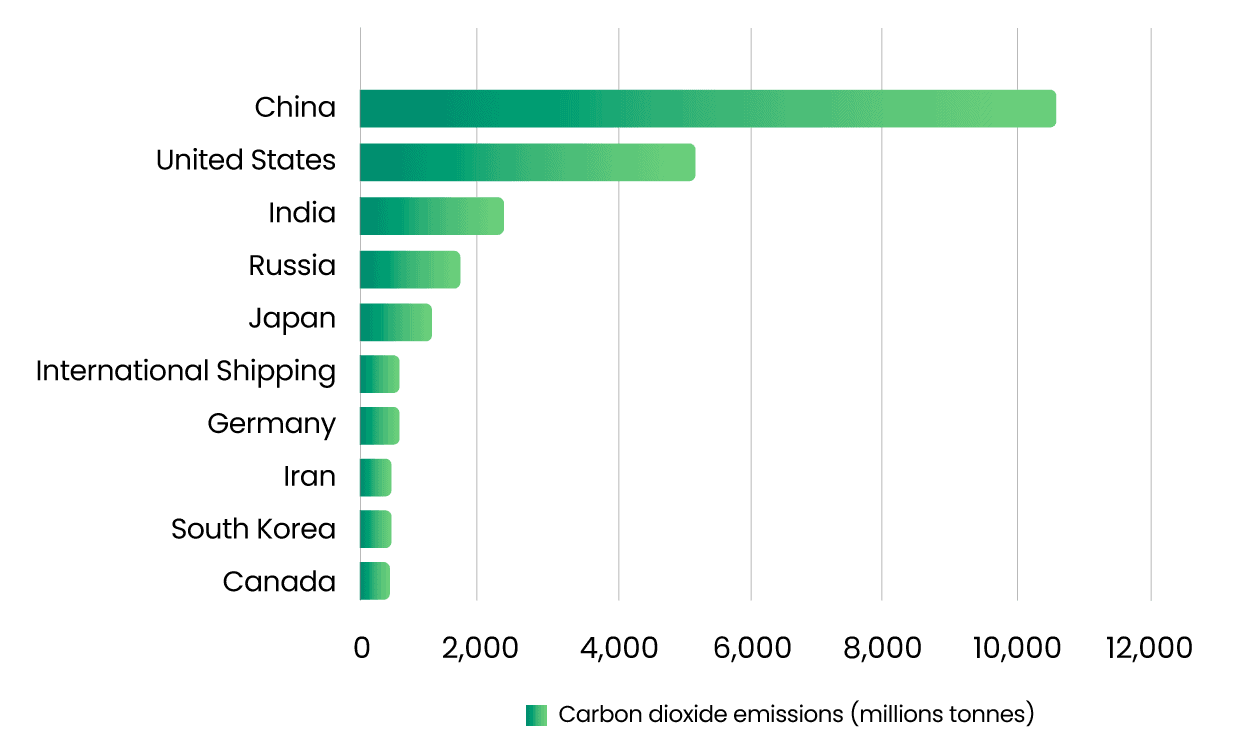
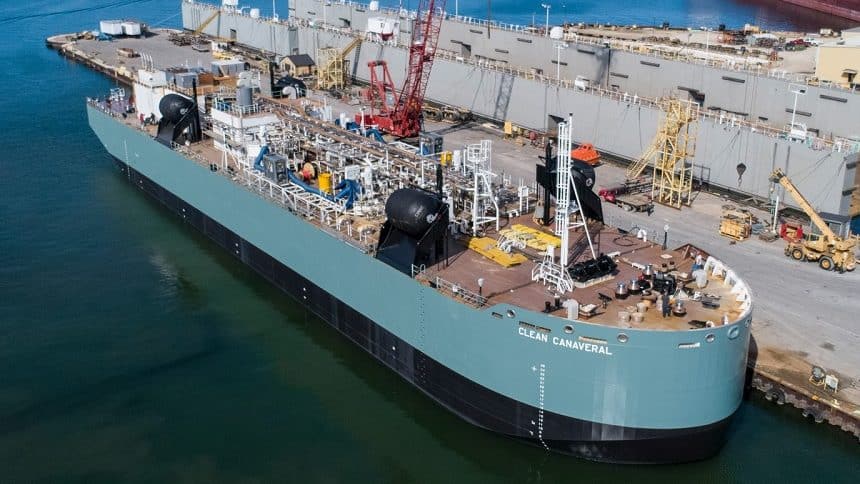
LNG Bunkering Offers Economic & Environmental Benefits
Sustainable & Cost Effective
- Lowest direct fuel cost
- Lowest in emissions vs. other bunker fuels
- Fastest capital cost recovery
Future of LNG and RNG
In September 2021, Seaside LNG and TOTE completed the first fueling of a marine vessel in the U.S. with a blend of LNG and Renewable LNG, opening the potential for applying renewable identification numbers to marine transportation fuels.
Because Renewable Natural Gas (RNG) does not require special or upgraded equipment to capture or transport it, RNG is a clean, drop-in fuel source that can be readily deployed for use today.
"Supplying LNG sourced from RNG further supports our commitment to aid the shipping industry’s transition to a net-zero emissions future.”
Tim Casey, CEO
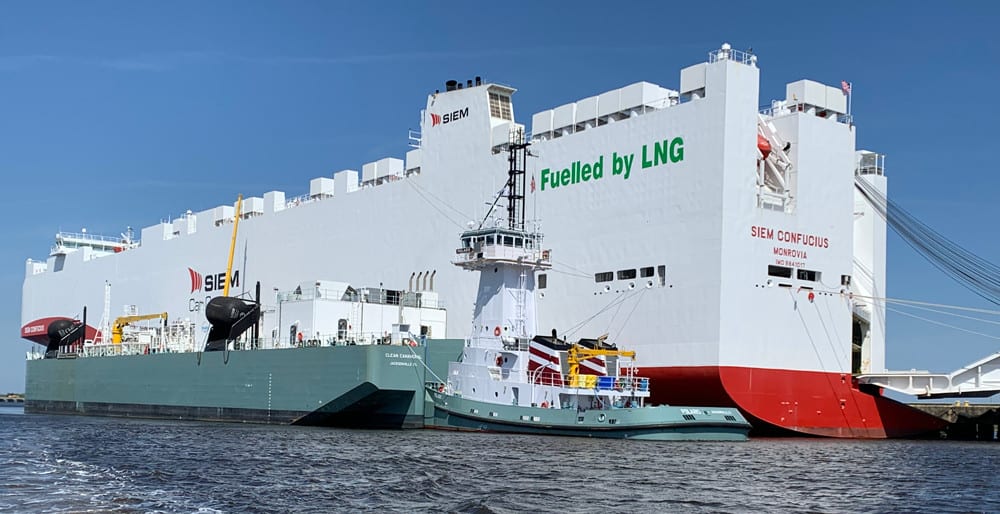
Bunkering & Marketing
Seaside LNG & Polaris New Energy Partnership
Proin ullamcorper pretium orci. Donec nec scelerisque leo. Nam massa dolor imperdiet nec consequata congue idsem. Maecenas malesuada faucibus finibus. Donec vitae libero porttitor laoreet sapiena ultrices.

